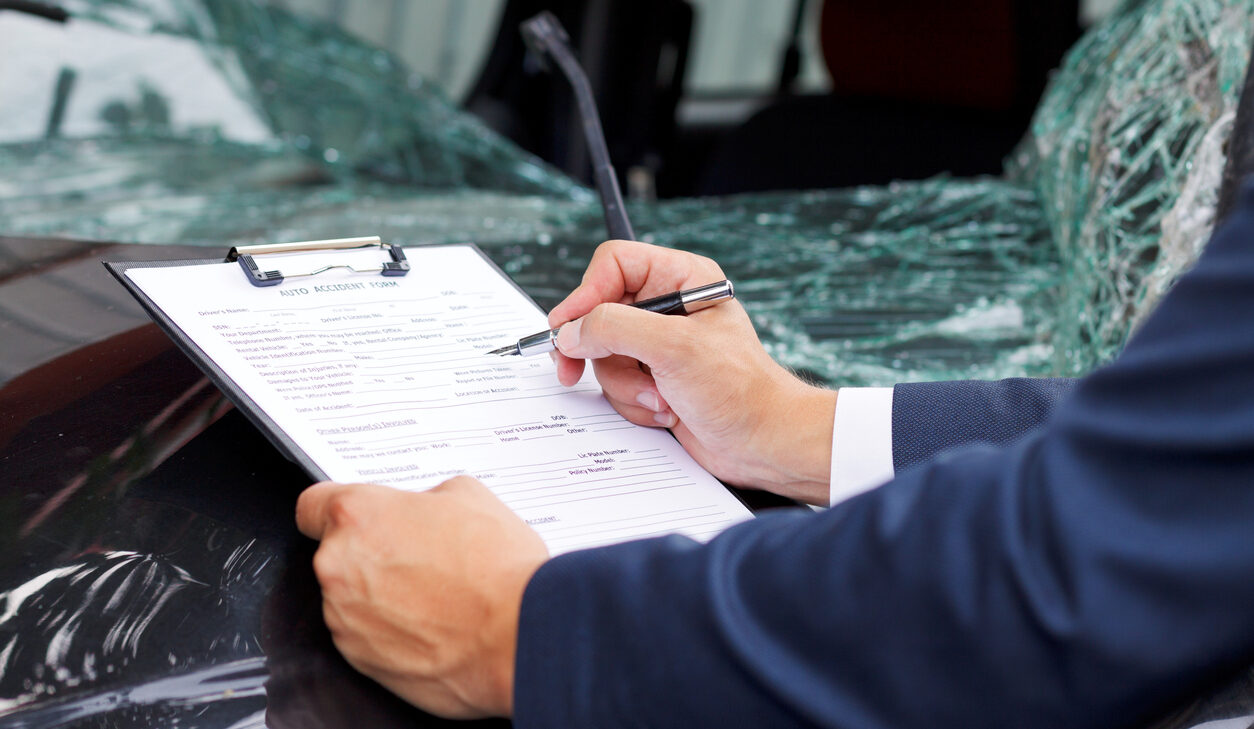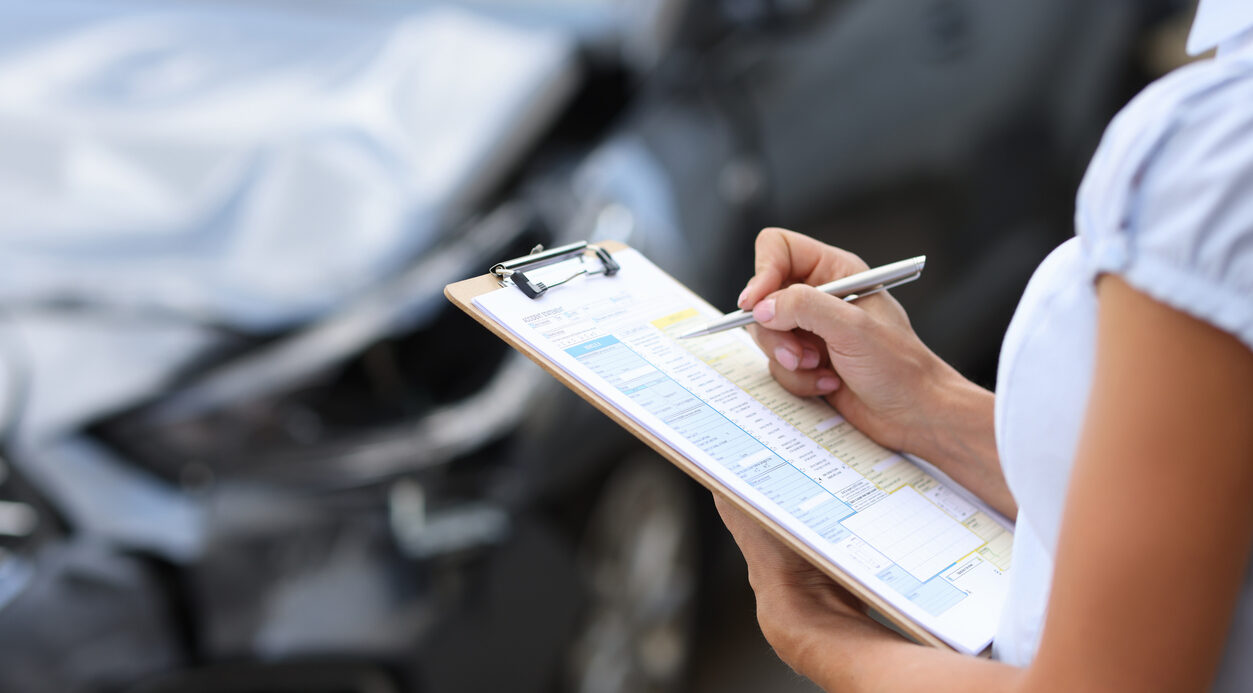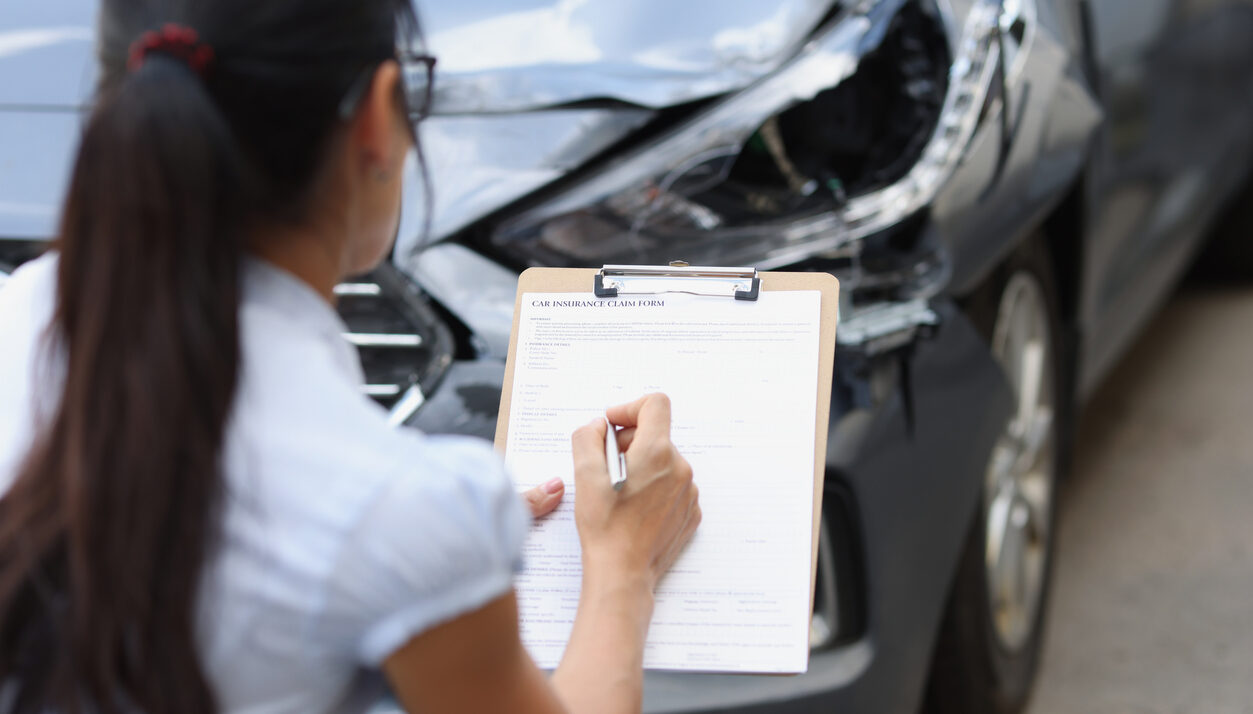Am I eligible for a car accident pain and suffering claim?
While we often say ‘car accident claims’, you may be entitled to a pain and suffering payout after a crash involving any motor vehicle, including:
In most states, you can claim for pain and suffering if the accident wasn’t your fault. Some states will also require you to meet a certain level of impairment before allowing a pain and suffering claim.
If the accident was your fault, you can still make a basic CTP claim in NSW, Victoria, Tasmania, the ACT, and the Northern Territory — but these usually only cover economic losses like lost income and medical bills.
If you’ve just been in a car accident and aren’t sure whether you’re eligible for pain and suffering compensation, reach out to us today. Our lawyers know the ins and outs of each state’s car accident compensation scheme and can explain your rights in plain English.
Start your free online claim check
Find out if you’re eligible for pain and suffering compensation after a car accident.
What is the average settlement for pain and suffering?
Across Australia, there’s no set average payout for car accident pain and suffering — every case depends on its individual circumstances. That said, here’s a general guide to what you might expect:
These are just rough estimates, and your actual compensation will depend on your specific injuries and how they affect your life. To learn more about how this compensation works, check out our car accident pain and suffering calculator below.
How to calculate pain and suffering for car accidents
Your pain and suffering compensation is calculated based on a few key factors, including:
Unlike medical bills or lost wages, there’s no set dollar figure for pain and suffering. Instead, the amount is based on how much your injuries have affected your quality of life — physically, emotionally, and psychologically. That means payouts can be significant, but most states require you to meet a minimum level of impairment before you can claim.
Your impairment level is assessed by an independent doctor or psychologist, looking at how your injuries have impacted your life. Depending on the state, this is called a Whole Person Impairment (WPI) or an Injury Scale Value (ISV) assessment. The more serious your injuries, the higher your potential compensation, though each state also has a legal cap on how much you can receive.
Use the table below to see the minimum injury thresholds and maximum compensation amounts for non-economic loss in your state. Keep in mind, these caps were set in October 2024 and increase every year with inflation.
| State | Requirements for claiming non-economic loss | Maximum compensation for non-economic loss |
| NSW | Your injury must be assessed at over 10% WPI. | $654,000 |
| Victoria | You must have either:
• 30% WPI or
• A serious injury certificate from the Transport Accident Commission
| $663,580 |
| Queensland | You must have an ISV of 1 or higher. | $456,950 |
| South Australia | You must have an ISV of 11 or higher. | $405,780 |
| Western Australia | • Your injury must be assessed at over 5% Whole Person Impairment (WPI), and
• Your claim must be worth over $25,500. This amount increases every year with inflation.
| $485,000 |
| Tasmania | Your claim must be worth more than $7,000. This minimum value increases every year due to inflation. | No cap on damages. |
| ACT | No requirements for claiming non-economic loss. | No cap on damages. |
To find out exactly what you’re entitled to in your state, head to our full guide to compensation after a car accident. Alternatively, get in touch with our expert lawyers today. We’ll take the time to listen to your story and explain everything you’re entitled to — free of charge.
How to claim pain and suffering after a car accident
To claim pain and suffering, you’ll need to make a fault-based car accident claim. While every case is a bit different, most follow a similar process. Here’s what you can generally expect:
What evidence do I need to prove pain and suffering?
To prove pain and suffering after a car accident, you’ll need strong evidence that shows both the extent of your injuries and how those injuries have impacted your life. Unlike economic costs, which can be proven with receipts, pain and suffering is more subjective. As a result, how much pain and suffering compensation you get depends heavily on supporting documents and expert opinions.
Here’s the type of evidence that can help support your claim:
Proving pain and suffering isn’t just about showing you’re hurt — it’s about showing how your life has changed. A car accident lawyer can help gather the right evidence, get expert assessments, and present your case clearly to the insurer or court.
What happens if I’m partly to blame for the car accident?
Your car accident compensation (including any payment for pain and suffering) could be reduced if your own actions contributed to the accident. This is known as ‘contributory negligence’.
Some common examples include:
Just because one of these applies doesn’t mean you’ll automatically lose your right to claim. But it might reduce the total amount you receive, depending on how much fault is assigned to you.
If you think the insurer may try to raise contributory negligence in your case, it’s crucial to get advice early. Our car accident lawyers know how insurers operate and can build strong evidence to challenge unfair blame and protect your full compensation.
How can a lawyer get me more pain and suffering compensation?
You can lodge a claim on your own, but having an experienced car accident lawyer on your side makes a big difference when it comes to your pain and suffering compensation.
Here’s how we secure the maximum payout you’re entitled to:
And don’t forget, we work on a No Win No Fee basis. That means no upfront costs and nothing to pay unless we win your case.



